Analysing the efficacy of 30-seconders
We live in a screen agnostic era, with easy access to multiple devices and the affordability of data has radically increased the consumption of video content. This technological combination creates a breeding ground for brands and advertisers to reach as many audiences as possible. As smartphones and OTT platforms evolve further, advertisements must also suit the channel of communication.
Understanding the impact that the length of the advertisement has on engagement and viewership has become critical for brands. For an in-depth analysis on the effectiveness of 6-second ads vs 30-second ads, attention spans are lowering as the number of platforms for instant gratification has multiplied, therefore making 30-seconders more effective in the real-time generation.
Do brand integrations on digital content format give more ROI than 30-seconders?
For Sahil Vaidya, Co-founder, The Minimalist, brand integrations might seem like a good solution for deep-pocketed B2C brands, but for maximising ROI, it makes sense to have one’s own 30-seconder. “It also justifies the media spends done on promoting your own asset, as it also results in a positive secondary impact on the brand’s digital properties,” he added.
Marketing consultant Karthik Sreenivasan felt that there is no golden rule for the duration of digital story-telling. He said, “The quality of story-telling is the criteria, whether something ‘works’ or not. The recent Surf Excel ad that was panned by a select few and liked almost universally was 60 seconds long. But the recent Paisa Bazaar film, which had 2 brothers (of which one was a mute), was 4.5 minutes long and still went hugely viral. What really matters is the strength of the script and if the makers have thought through narrative hooks to keep the interest alive through the running time.”
Another case in point is another HUL film that featured a shower being installed in a village starved of water. It was just one and a half minutes long, but even within that there were strategic cues that made it very sticky and the viewer felt like they watched something longer and punchy. Like the first time the background music starts – it was when the villager touches the water and starts to drink from the shower. Since no city dweller (the target audience for the film) would ever dream of drinking water from the shower (because we have been conditioned like that), the poignant music starting at that point impacts the viewer both subliminally and viscerally. Another cue - the only character who is shown twice in the video (in a long shot and a close-up). It was the baby (helped by the mother). This is yet another emotional cue for us to get closer to the video and the story.
Reach or Effectiveness – what is more important for digital mediums?
According to Vaidya, Reach and Effectiveness are equally important for digital media. “Many brands get this wrong. The key for brands is to keep it simple and focussed. For early-stage businesses and new products from big brands alike, it is critical to establish ROI from digital spends and undertake initiatives that, in some way, impact the company’s bottom line. That said, such efforts won’t be sustainable without a consistent strategy to reach and engage with prospective consumers, making it a cardinal year-round activity.
As all brands compete for consumer attention, it is critical for brand ads to go minimal and capture the consumer’s imagination without requiring much commitment and reducing the cognitive load.
“Once again, there are no golden rules at all, and you cannot generalise this either,” opined Sreenivasan, adding, “As long as the brands are integrated appropriately and seamlessly, showcasing actual use-case that can resonate with the audience (and the brand not getting completely lost in the narration), it would serve the purpose.”
One of Sreenivasan’s favourite examples is the integration of Epigamia in Pocket Aces’ ‘What The Folks’ Season 1. The integration was thought through from an actual usage perspective, showcasing Epigamia being used to make smoothies easily. This looks less like a product plug and more like a recommendation for the product's new kinds of use-cases.
Adding further, Sreenivasan said, “This directly depends on the kinds of digital tactics adopted. If, for instance, a brand chooses to use digital/ social media influencers who don’t necessarily stand for the product and merely talk about the product like a brand advertisement in a newspaper, it serves the purpose for reach or visibility. If the same influencer is known for a specific category of products and talks about it as a user, with her/ his personal experience, that works for towards effectiveness.”
Digital, like any other medium, offers both reach and effectiveness. It’s how the medium is used and what kind of tactics are adopted decides what the brand gains.
Are brands ready to do digitally-led performance-oriented campaigns on television?
While TV to digital and similar strategies are gaining traction, integrated performance campaigns are still coming of age. With the digital skillset of marketers improving in India, brands are starting to go for programmatic advertising. Brands are using programmatic advertising in the quest for increased control, greater visibility, brand safety and to purge ad fraud, but due to limited resources in the advertising space brands face challenges in building programmatic advertising. “If brands decide to go with a ‘managed’ approach and rely on complete expertise, using managed platforms will make it quite easy for them,” Vaidya noted.
Sreenivasan agreed with Vaidya in this. “With the proliferation of cheap data plans and wide use of digital video, most brands are thinking multiple touch points for their communication. From TV to digital is a fairly common movement if brands want to lead viewers from a TVC to a website or their social channels for the second level of communication.”




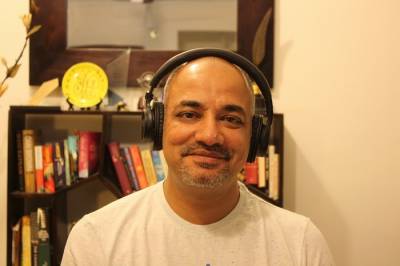
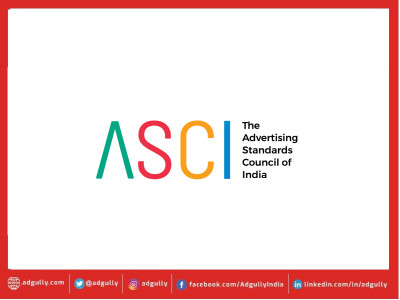
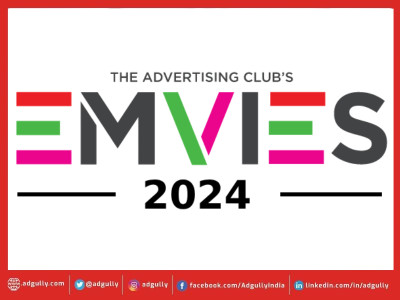



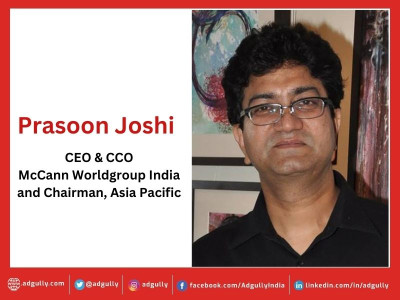

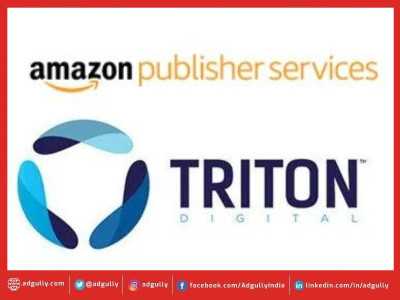

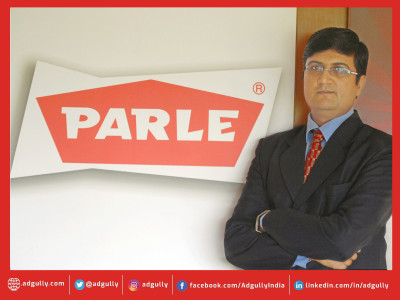
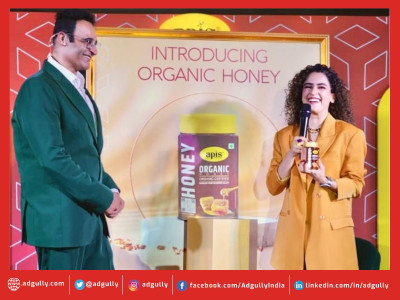


Share
Facebook
YouTube
Tweet
Twitter
LinkedIn